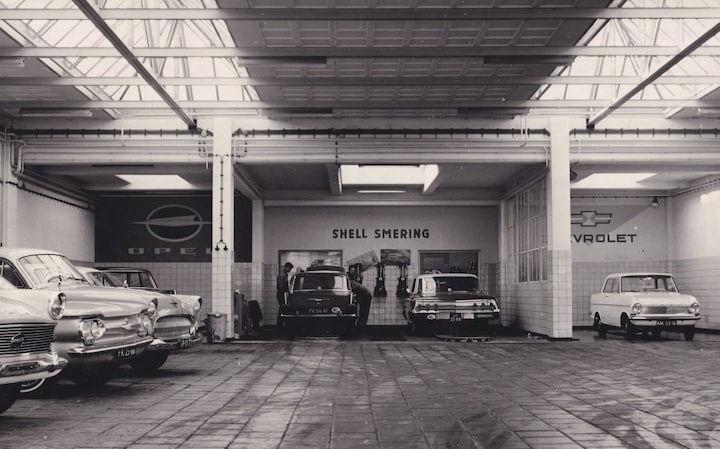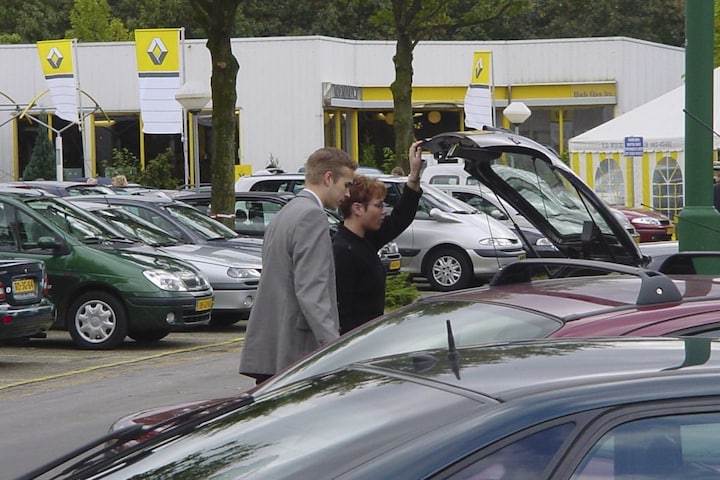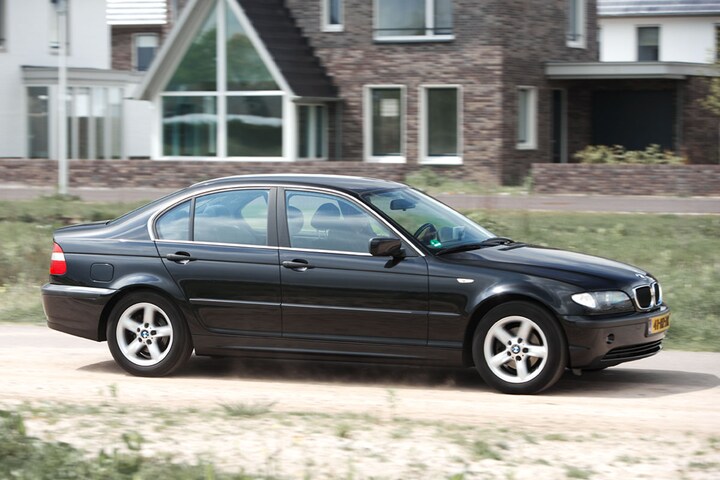Complaining about car prices is nonsense

“A new car is barely affordable anymore, my father bought his for five thousand guilders.” Frequently heard drink talk and when put in a precise manner it is correct. Yet there are many more factors involved and if you also take them into account, it turns out that cars have actually become cheaper over the years.
The Netherlands is ruled by the De Jong cabinet, Eddy Merckx wins the Tour de France, The Beatles break up and Jimi Hendrix also retires, albeit in a much more rigorous manner. We spend our holidays with the trailer tent at a campsite on the Belgian coast and for those who are more flexible, we do so with the caravan on the Mediterranean Sea. The street scene is determined by models such as the Simca 1000, Citroën DS and Opel Kadett B and the petrol that goes into them costs less than a guilder per liter. Indeed, we have gone back in time more than half a century, to the year 1970 to be precise. Only the older among us still have memories of that era. We have also looked up what a small car cost in 1970 for you. We found the answer to that question in the annual reference work of Bovag and RAI Association, Mobility in Figures. In 1970, the average new car cost – hold on – 7,456 guilders, or €3,389. Now the average new car – and that is the reason for this article – rolls out of the showroom for just under 46 grand. Almost thirteen times as expensive, which makes it tempting to say that cars have become far too expensive.
From guilders to euros
But is that really so? There are several ways to find the answer to that question. To begin with, you cannot of course compare a guilder from then, even converted into euros, with that of today. Even those who know nothing about economics cannot have missed the word inflation in recent years. Inflation, in short, means that the same amount of money becomes less valuable over the years because our daily expenses become more expensive. In short, price increases, exactly what we are talking about here. The inflation rate is calculated annually by CBS (Central Bureau of Statistics) and when we run the average car price of 1970 through the CBS inflation calculator, it turns out to be not €3,389, but €19,151 based on current ability to pay. That sounds much more realistic, but it is still miles away from the current average of €45,993.

Opel and Chevrolet dealer Van Vliet
Another way to compare the prices of then and now is to relate them to the average income, as calculated by the Central Planning Bureau CPB. Please note that average is the most common income, so excesses do not cause distortion, as with the average. This comparison is therefore not pure mathematics, but it nevertheless gives a good idea of how (in)accessible a new car was for John with the Cap at the time. Well, in 1970 the average income was €5,559. The average car at the time cost 61 percent of a (gross) annual income. That percentage dropped to 48 percent in 1975, after which it continued to rise over the years. Since 2019, the average car price has been above the average annual income and the average new car now costs 111 percent of an average annual salary.

Opel and Chevrolet dealer Van Vliet.
More nuanced
Also from the point of view of the average annual salary, cars have become considerably more expensive in recent decades. There is no way around that, but when we analyze the product you get for that money, the story turns out to be a lot more nuanced. You can already feel it coming: a modern car naturally has more on board than one from the past. Much, no, much more. Air conditioning, central locking, electric windows and mirrors, ADAS, infotainment: just a selection of the things that are now often standard on cheaper cars, while at the time they were at most options on even the more expensive models, if they existed at all. The latter is the reason why a conversion of a car from 1970 is hardly possible, which is why we fast forward to 2003 for this exercise, exactly twenty years ago.
Before we do that, we first go to the Renault dealer for the simplest Clio, a TCe 90 Evolution. This version costs €21,980. That’s quite a lot of money when you consider that twenty years ago you left the showroom only €13,195 poorer in your brand new Clio 1.2 Authentique. But putting aside the inflation of twenty years: what do you get on the Clio 2023 that you could write on your stomach at the time? Do you have a minute?
As pure as possible
What does a new Clio offer? A whole host of ADAS, such as collision warning, lane keeping assistant, automatic emergency braking, pedestrian recognition, hill assist, cruise control, parking sensors and traffic sign recognition. Furthermore, more airbags, electric rear windows, air conditioning, on-board computer, music, steering wheel controls, an infotainment system, electrically folding and heated exterior mirrors, a light sensor and LED headlights and taillights. That’s a lot!
Is that enough to justify the huge price difference? To answer that question, we check the missing extras on the old Clio on the options list at the time, if they were there at all at the time, of course.
To keep it as pure as possible, we first convert the 2003 price tag to the current value. According to CBS inflation figures, the €13,195 twenty years ago is equivalent to €19,848 today. Then the price difference is only €2,132. To close this as much as possible, we order side airbags (€295), air conditioning (€925) and an audio system (€445) on the old Clio. That is an additional cost of €1,665, which after inflation adjustment amounts to €2,701. This brings our old Clio to the current price level of €22,549 and that is – drum roll – more expensive (2.6 percent) than the current Clio, but without navigation, all ADAS or other nice things that at the time could not even be ordered or even existed.

Shopping at BMW
Because one swallow does not make a summer, we do the same with a D-segment car. Let’s go shopping at BMW for a nice 318i. It is now available from €52,379, compared to €35,150 twenty years ago for the E46 318i. For that extra price, you now get an automatic transmission, all common ADAS, audio controls on the steering wheel, a head-up display, navigation, alloy wheels and LED lighting front and rear as standard. Well, if we put the €35,150 from 2003 through the inflation calculator, it comes out as €52,873. That alone makes this 318i from back then more expensive than the current one. If we add up the prices of the extras that were present at the time, we arrive at an additional price of €3,823, after inflation correction €5,751. In total, the BMW 318i cost €58,624 in today’s money in 2003. In other words: the BMW 318i is now six grand cheaper (11.9 percent) than twenty years ago, but with a lot of luxury that you couldn’t even buy at the time.

Granted, the question is whether you want those standard features that drive up the price, but let’s be honest: who wants a car without air conditioning these days? Moreover, increasingly tightened legislation has made many things that you did not even have at the time a dire necessity. That’s called progress. However, no matter how you look at it: the claim that cars have become so incredibly expensive is the realm of fantasy.
For comparisonWhat did you buy in 1970? For 5,500 guilders (€2,500) you became the proud owner of a Citroën 2CV, an Opel Kadett left a hole of 6,500 guilders (€2,955) in your savings account, a BMW 2002 cost 12,000 guilders (€5,455) and from 27 grand (€12,273) you were welcome at the Porsche dealer to fulfill the ultimate boyhood dream. |
What was the cheapest car?In 2003 the Fiat Panda cost €5,559. That would now be €8,362. Today a new Panda costs €16,990, which still makes it the cheapest car on sale new, although it has to share that podium with the Mitsubishi Space Star, which costs exactly the same. This means that the threshold for getting into a new car has increased by a factor of two in twenty years. You could buy a Renault R4 L in 1965 for 4,600 guilders, the equivalent of €2,090. After inflation adjustment, that would now be €6,869. |
This article previously appeared in AutoWeek 4
– Thanks for information from Autoweek.nl